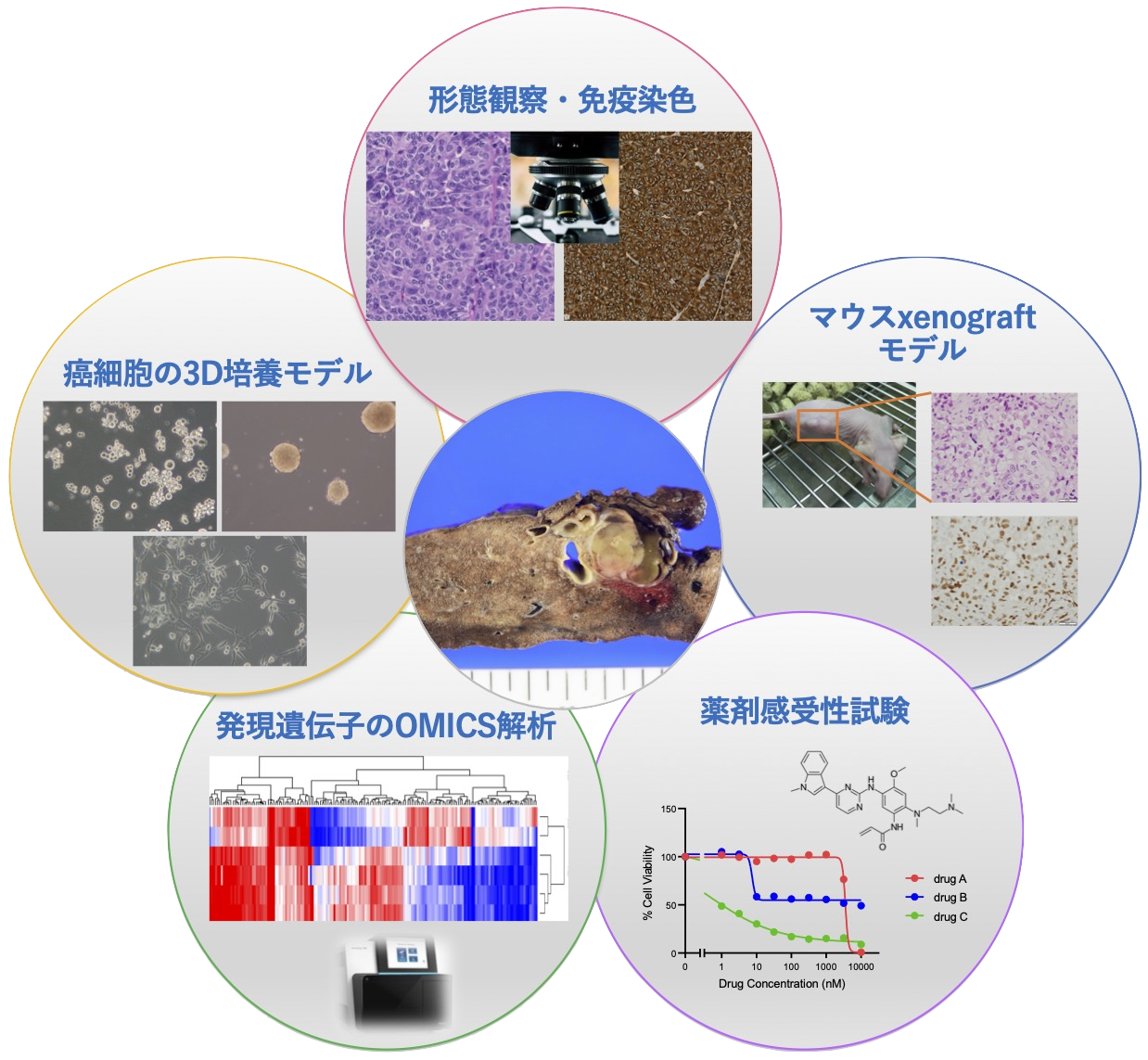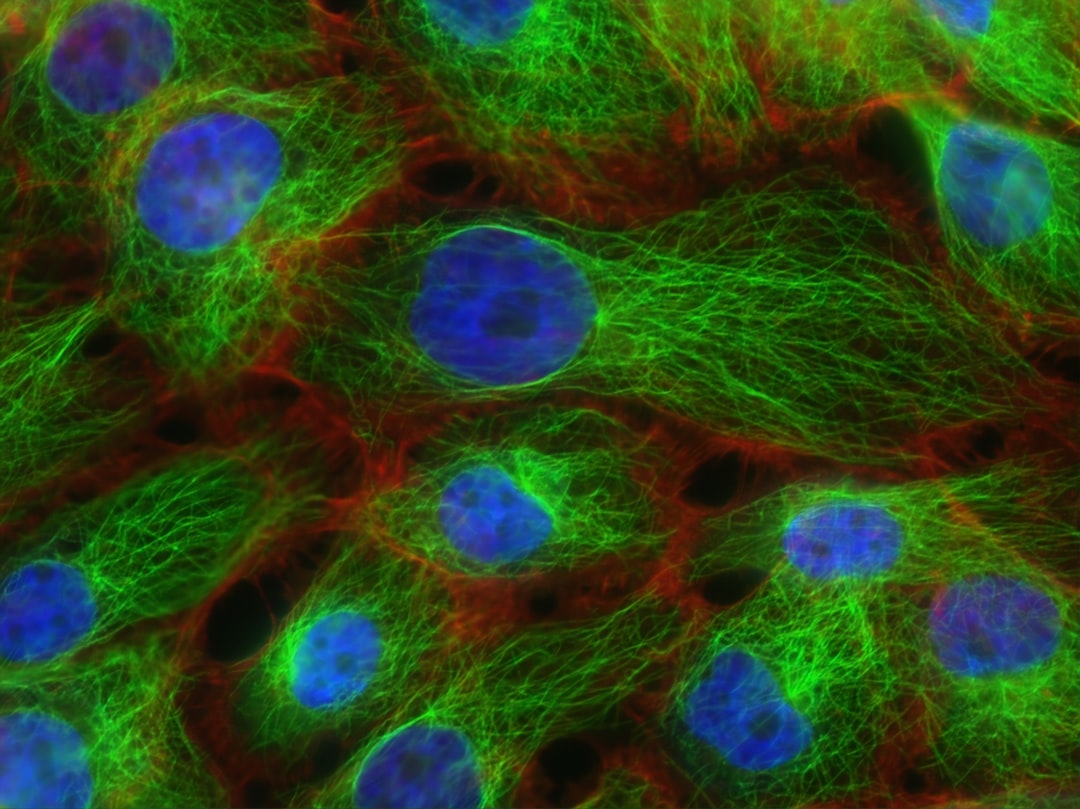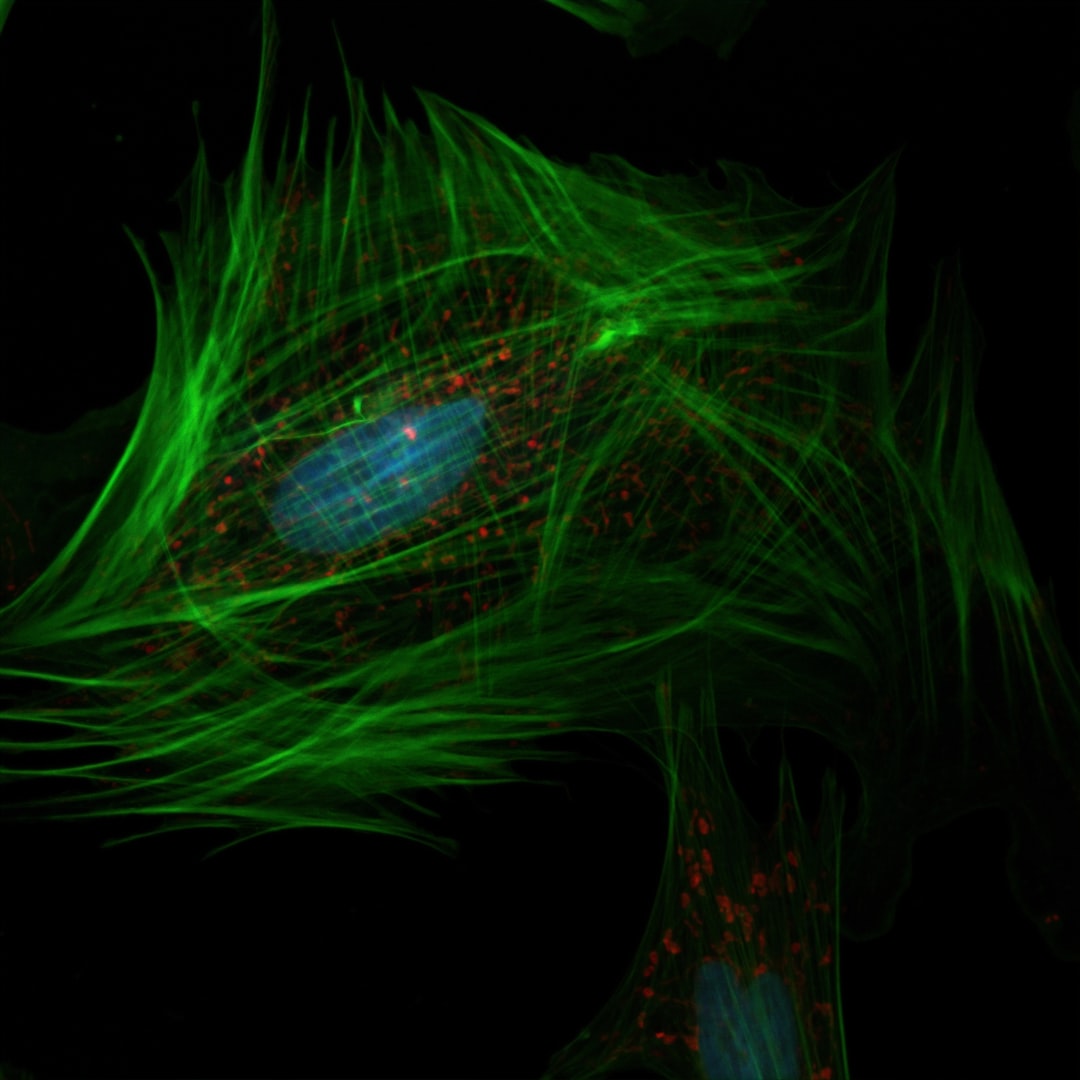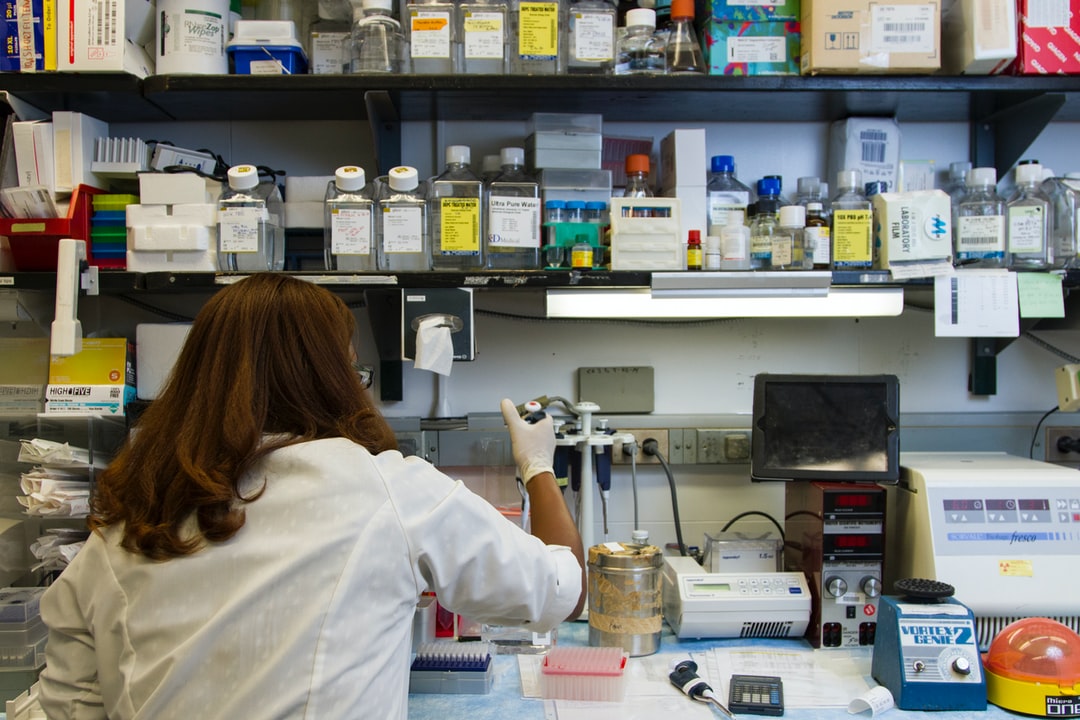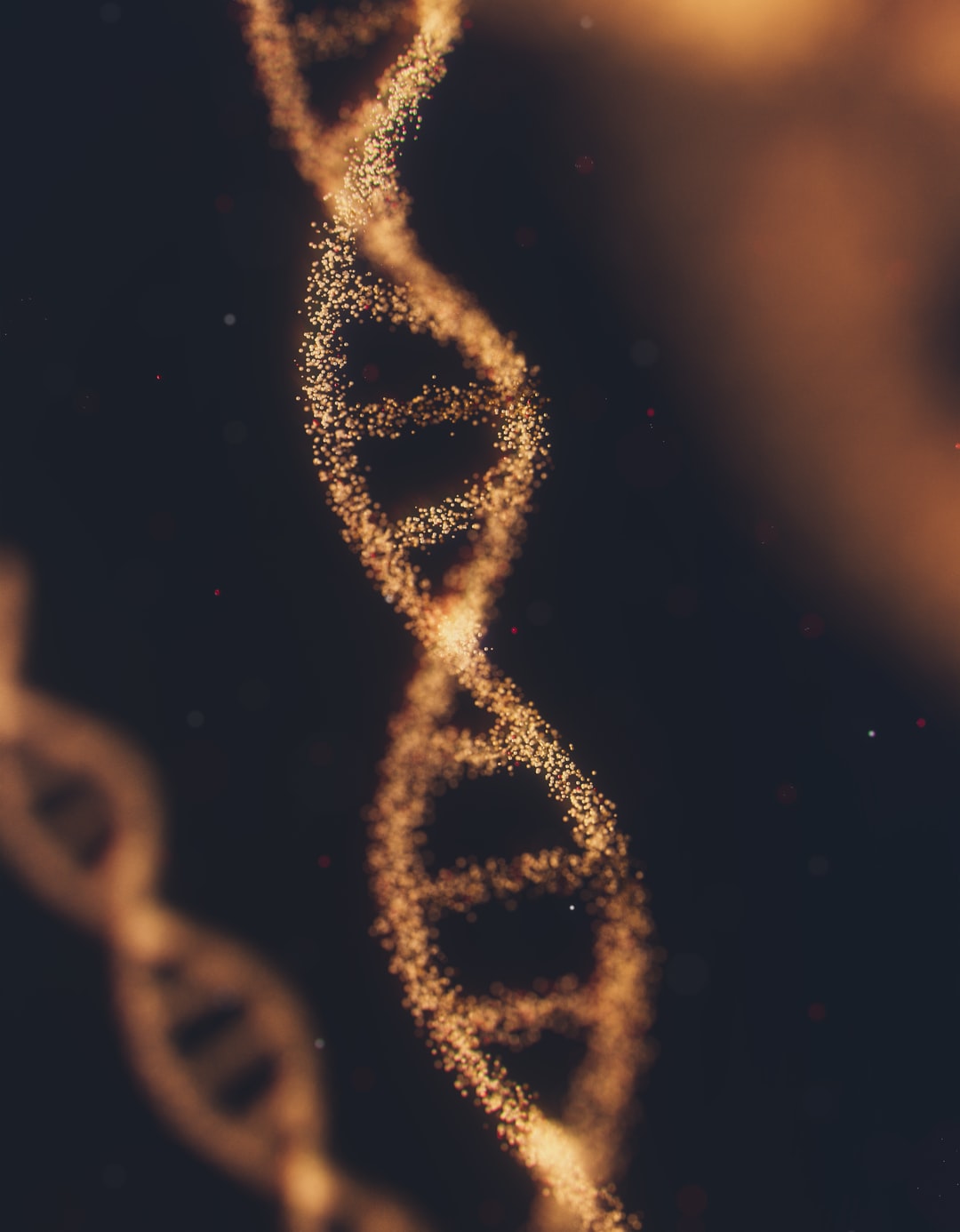
Our laboratory conducts research that is directly related to clinical practice!
Exploration of molecular targets based on the morphology of lung cancer
Lung cancer is the leading cause of death among malignant tumors in Japan and has a poor prognosis with a 5-year survival rate of about 15% despite the development of treatment methods. In recent years, however, molecularly targeted drugs against mutually exclusive driver mutations such as EGFR and ALK, or immune checkpoint inhibitors have been used with some success. Classification of cancer is required to reflect the biological characteristics of cancer (metastatic potential, drug sensitivity) as well as histological features, and currently, the integration of genomic, clinical, and pathological (and differentiation traits) information is being promoted. However, perhaps due to the data science-driven approach, the information on pathology, which is the basis of the actual data, is poor at best in terms of histology and differentiation level, and cannot be said to be truly integrated. We, pathologists, should provide more information that only we can understand. We, pathologists, are well versed in the heterogeneity of cancer and can deeply pursue background lesions, microscopic lesions, early-stage lesions, and the process of progression while taking care of each individual case, or we can broadly analyze a large number of cases. Such realistic analysis based on pathological observation and accumulated experience can only be performed by pathologists. We are conducting research on molecules involved in the development and progression of lung cancer based on the morphology of lung cancer. By carefully accumulating the results of such research, we are striving to establish a rational classification based on an integrated understanding of cancer. Of course, we aim to explore molecular targets not only in lung cancer but also in various other cancers.
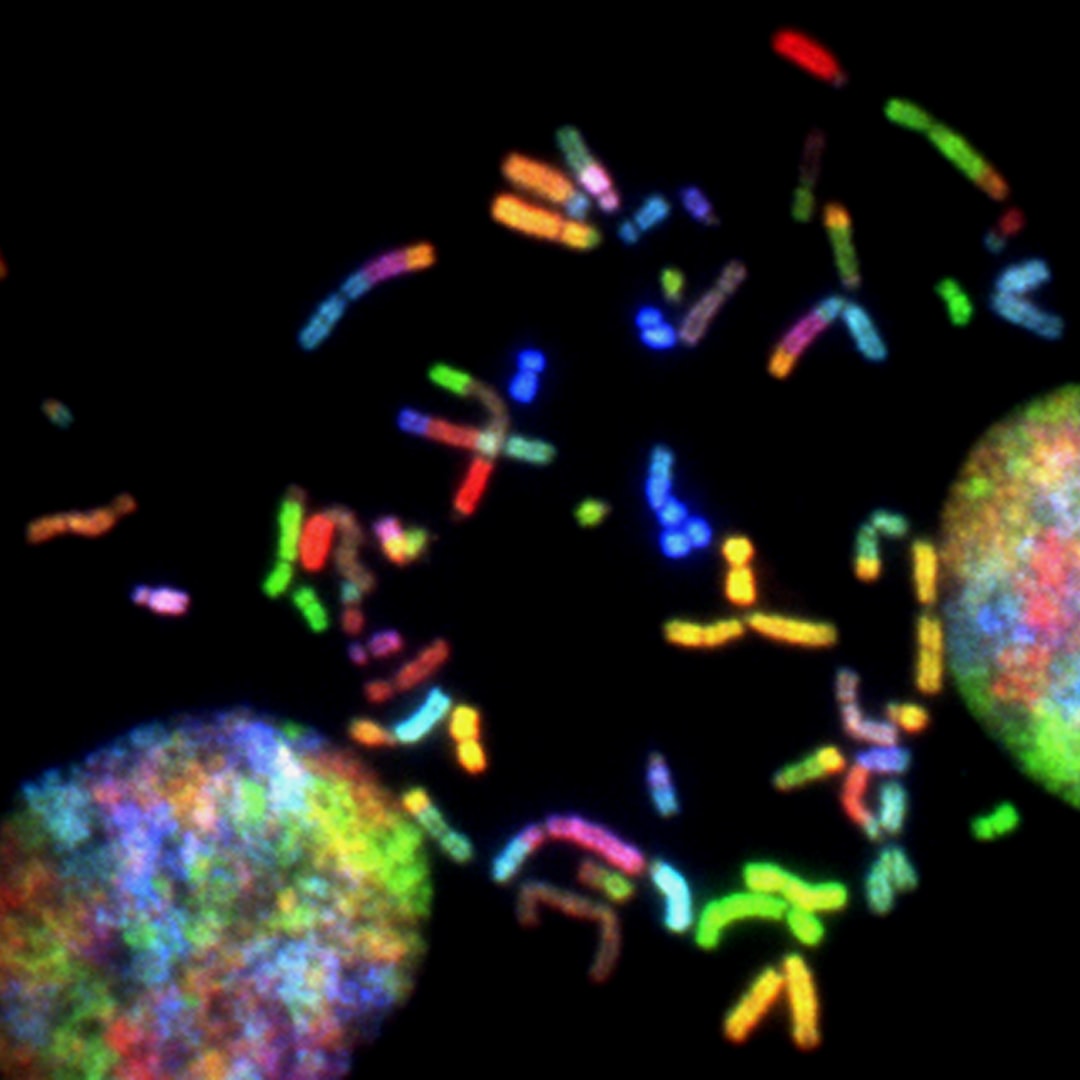
Cancer-Stromal interactions, Cancer microenvironment, myofibroblasts
The biological characteristics of cancer, such as invasion, metastasis, and proliferation, are not only determined by genetic abnormalities of cancer cells, but are also strongly influenced by interactions with the microenvironment and stromal cells in which cancer cells reside. If we can elucidate how cancer cells are regulated by the microenvironment and stromal cells at the molecular level, the findings can be applied to molecular diagnosis and targeted therapy of cancer in the near future. It has been reported that fibroblasts in cancer tissues express α-smooth muscle actin and have the characteristics of myofibroblasts. Such fibroblasts in cancer tissue are sometimes referred to as CAFs, or cancer-associated fibroblasts. Although fibroblasts have been thought to be a homogeneous cellular population, the expression of specific biomarkers in fibroblasts has been reported to be a prognostic factor in some cancers. In lung adenocarcinoma, patients with MET-positive fibroblasts had a poorer prognosis than other patients (Tokunou, Niki et al, Am J Pathol 2001; 158: 1451-1463). Our laboratory is currently conducting experiments using 3D gel cultures and Xenograft models in immunocompromised animals to investigate the interaction between cancer cells and myofibroblasts in detail.

Research in clinical pathology
We analyze and experiment with surgical specimens and cell lines to explore the molecular targets of cancer from both molecular and morphological perspectives.
